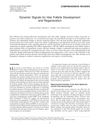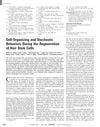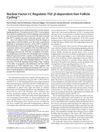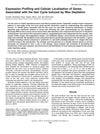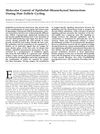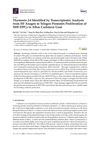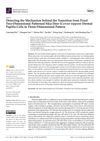Genome Array on Differentially Expressed Genes of Skin Tissue in Cashmere Goat at Early Anagen of Cashmere Growth Cycle Using DNA Microarray
October 2014
in “
Journal of Integrative Agriculture
”
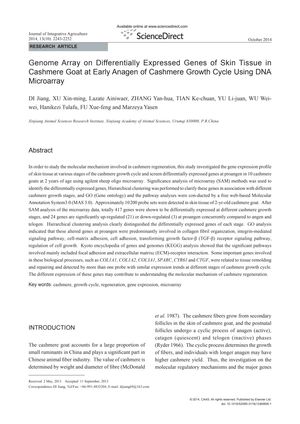
TLDR Researchers found 24 genes that change significantly and affect cashmere growth in goats; this could help increase cashmere production.
In 2014, researchers conducted a study on 10 two-year-old cashmere goats to analyze gene expression in skin tissue during the early anagen phase of the cashmere growth cycle. They used a sheep oligo microarray due to the absence of a goat-specific array and identified 417 differentially expressed genes. Of these, 24 genes showed significant changes in expression levels, with processes such as collagen organization and cell-matrix adhesion being affected. Key genes like COL1A1, COL1A2, and COL3A1 were associated with tissue remodeling and repair, which are important for cashmere follicle development. The study's limitations included a small sample size and the use of a sheep microarray. The findings could help improve cashmere yield through genetic selection, but further research with larger sample sizes and goat-specific tools is necessary to validate these results.
